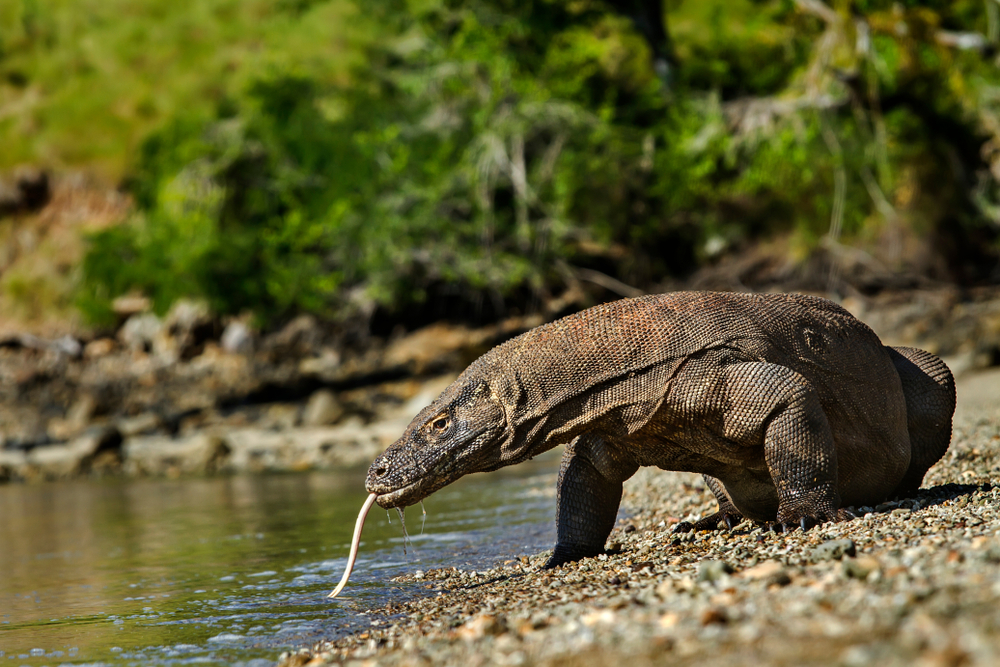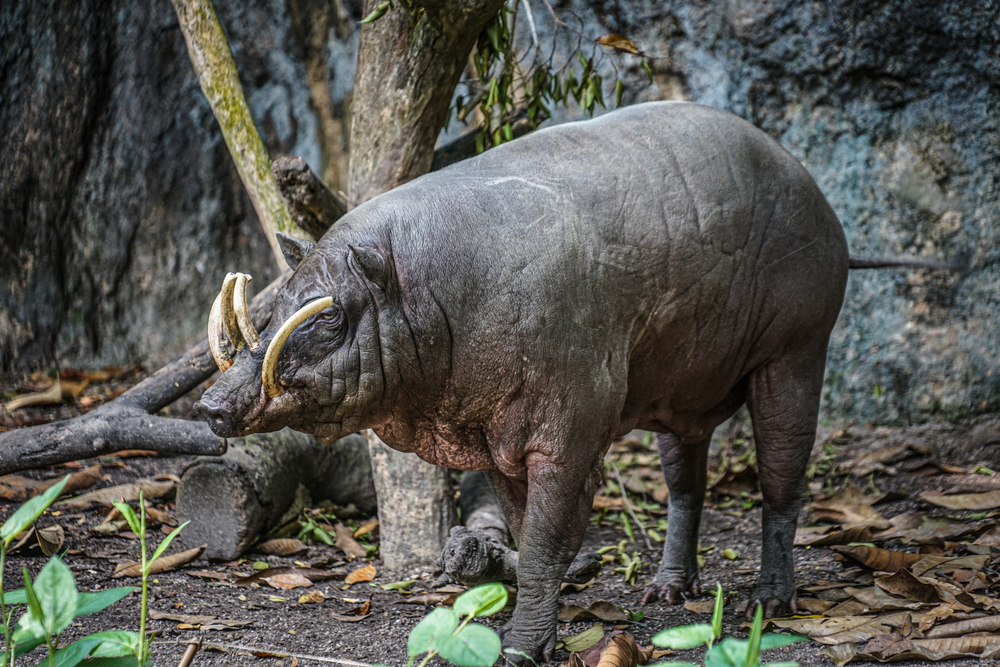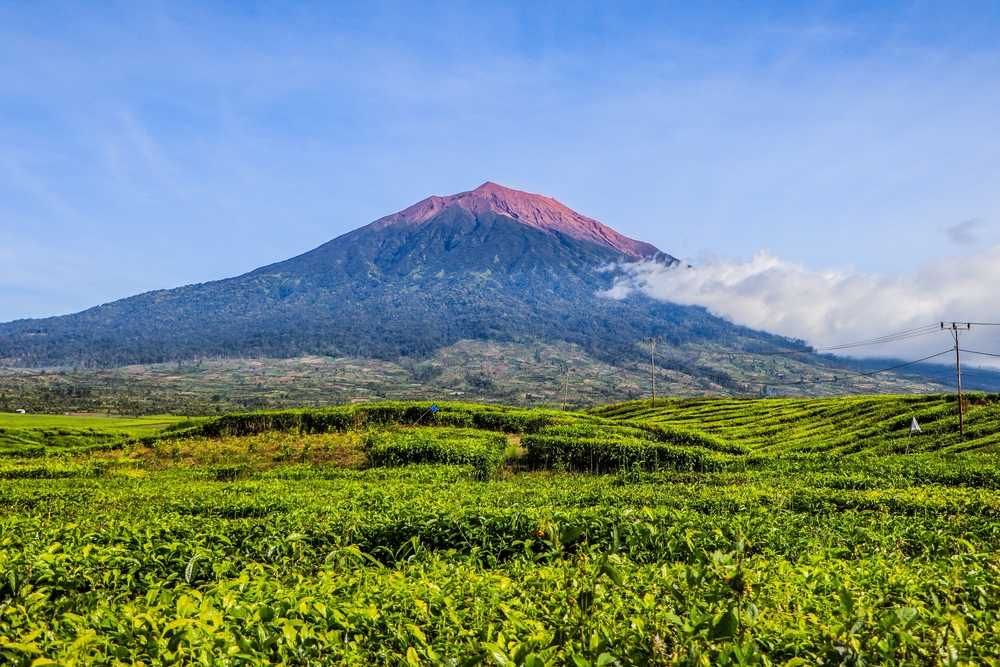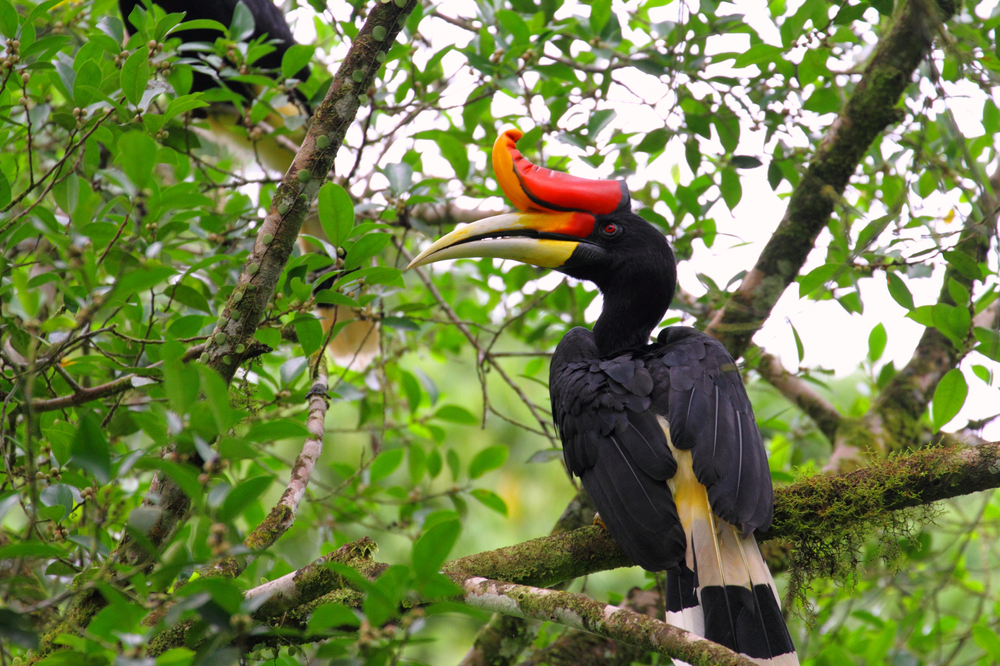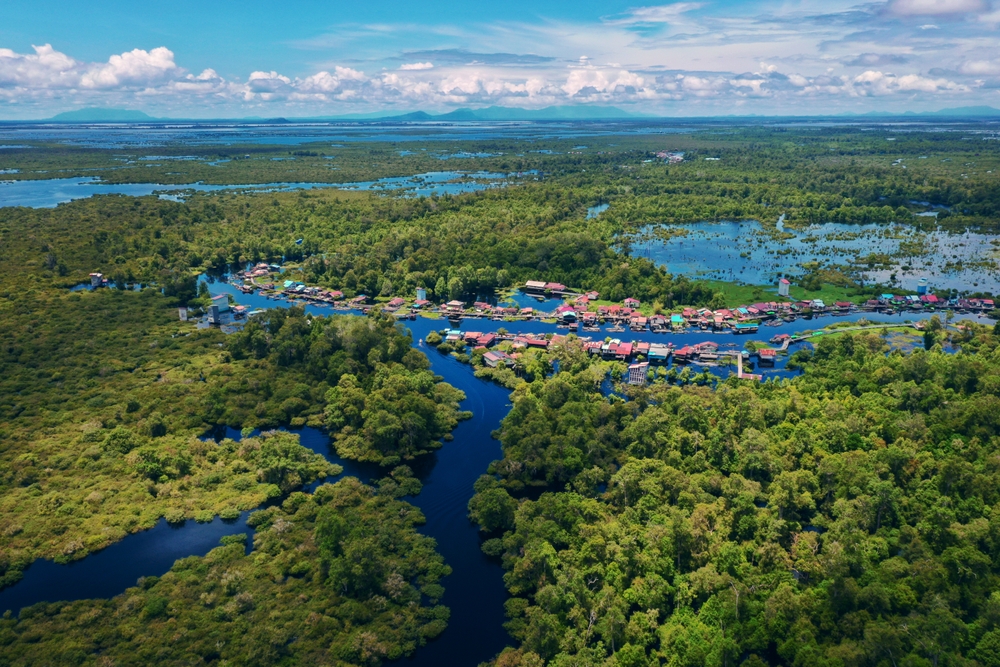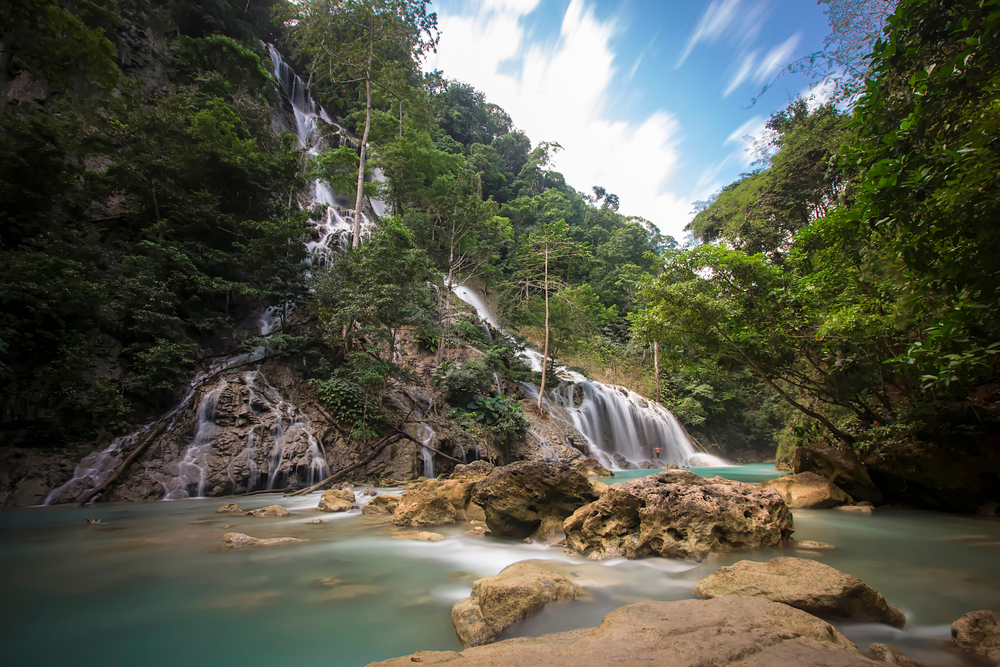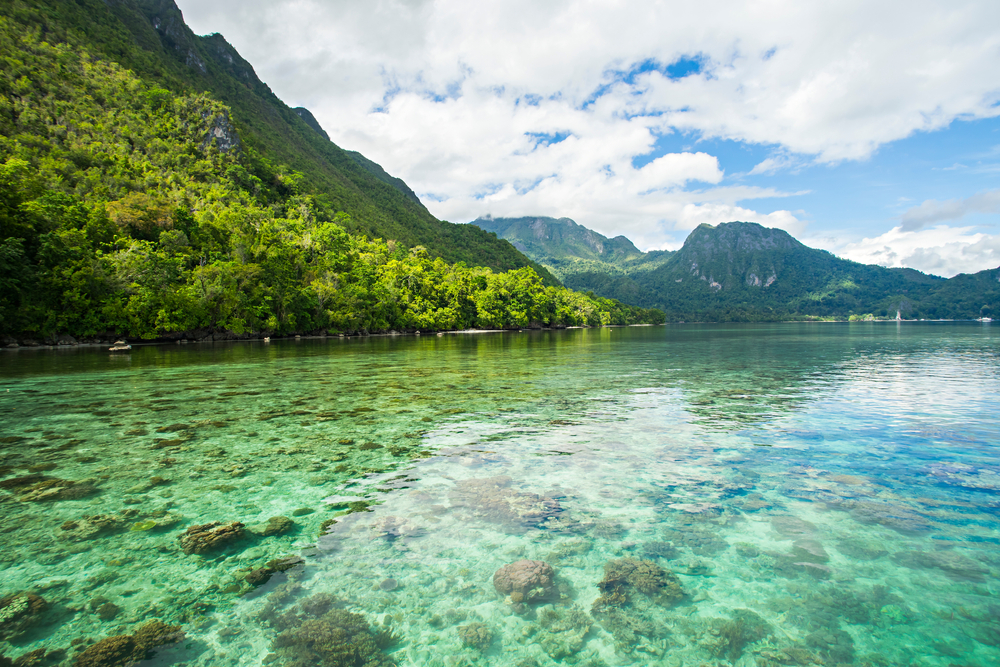Kelimutu Overview
Kelimutu National Park, located on Flores Island in Indonesia’s East Nusa Tenggara province, spans an area of approximately 19.9 square miles (51.4 square kilometers). This mesmerizing park, known locally as Taman Nasional Kelimutu, is celebrated for its stunning volcanic terrain and the iconic tri-colored crater lakes at the summit of Mount Kelimutu.
These lakes, known as Tiwu Ata Mbupu, Tiwu Nuwa Muri Koo Fai, and Tiwu Ata Polo, are famed for their ever-changing colors, which range from turquoise and green to red and black. This phenomenon, caused by mineral reactions and volcanic activity, makes Kelimutu an otherworldly destination. Rising to 5,377 feet (1,639 meters), Mount Kelimutu is a central feature of the park, surrounded by lush montane forests and steep ridges.
The park’s terrain varies dramatically, from its volcanic craters and rugged slopes to dense forests and grasslands. Vegetation in Kelimutu National Park is both rich and unique, including tree species like casuarina, pine, and ferns, along with several endemic plants.
These forests also serve as an essential habitat for wildlife. Visitors often encounter long-tailed macaques and palm civets, while bird enthusiasts delight in spotting species like the Flores monarch, flame-breasted sunbird, and the critically endangered Flores hawk-eagle. The park’s biodiversity underscores its importance as a haven for both flora and fauna.
One of the most popular features of Kelimutu National Park is its sunrise viewing experience at the summit of Mount Kelimutu. Visitors ascend early in the morning to witness the breathtaking play of light over the crater lakes, with their vibrant hues contrasting against the golden sunrise.
The area also features trekking paths through picturesque landscapes, waterfalls like Murundao, and cultural attractions in surrounding villages such as Moni, where visitors can learn about the traditions of the indigenous Lio people.
Tourists engage with Kelimutu National Park primarily through trekking, photography, and birdwatching. The park’s trails vary from beginner-friendly paths to more challenging routes leading to scenic vistas. The local guides enhance the experience by sharing insights into the geology, ecology, and cultural significance of the region. Conservation programs, including efforts to monitor the color-changing lakes and protect endangered species, reflect the park’s commitment to sustainability.
Despite its allure, the park faces challenges such as habitat degradation and tourism pressure, which demand careful management. Conservation initiatives have focused on community involvement, reforestation projects, and wildlife protection to address these issues. The collaboration between local communities and park authorities has led to successes in balancing preservation with sustainable tourism, ensuring that Kelimutu’s extraordinary landscapes and ecosystems endure for generations to come.











































































